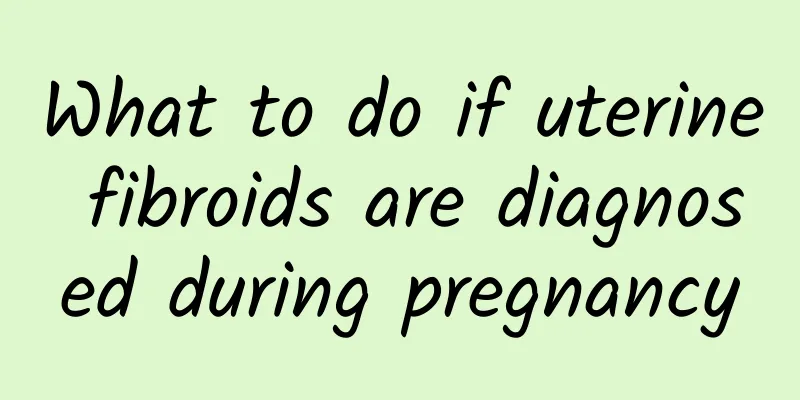How are cervical warts generally transmitted?

|
Cervical warts are a sexually transmitted disease with a high incidence and contagiousness rate. The occurrence of this disease can cause great harm to human health and affect normal sexual life. It can also be easily transmitted to relatives and friends around you. Let us now understand the transmission routes of cervical warts. 1. Mother-to-child transmission. Infants and young children with cervical condylomatavirus or laryngeal papillomavirus and children with cervical condylomatavirus may be infected by the fetus passing through the birth canal infected with HPV during delivery or by close contact with the mother after birth. Therefore, it is best to give birth in a regular large hospital. 2. Sexual contact transmission. Sexual contact transmission is the main way of transmission of cervical warts. Therefore, you should have a healthy sex life and pay attention to cleanliness. 3. Indirect transmission. Infection through contact with contaminated items such as bathtubs and bath towels. Healthy people may be infected by contact with towels, underwear, basins, bed sheets, toilets and other daily necessities used by patients with cervical warts or HPV infected people. Therefore, try to avoid contact with public items. These are all ways to prevent cervical warts, I hope everyone will keep them in mind. 4. Patients with condylomata should respect the health rights of others. Before cervical condylomata are cured, you should be careful to avoid transmitting the disease to others. Do not have sexual intercourse, do not bathe or swim in public baths (swimming pools), and do not abuse other people's belongings. Even if the lesions of cervical condylomata no longer exist after treatment, you should still do this for a considerable period of time, at least within half a year. If there are no lesions of cervical condylomata, it is recommended to use condoms during sexual intercourse to reduce the chance of cervical condylomata and HPV infection. Infants and young children with cervical condylomatavirus or laryngeal papillomavirus and children with cervical condylomatavirus may be infected by the fetus passing through the birth canal infected with HPV during delivery or by close contact with the mother after birth. Therefore, it is best to give birth in a regular large hospital. The above is an introduction on how to prevent cervical warts. I hope the above introduction can help you. There are many ways to prevent cervical warts. The most important thing is not to have sexual contact with people other than your spouse. At the same time, you should also be careful in public places to avoid being infected with some diseases. |
<<: How are cervical warts transmitted?
>>: How to prevent cervical warts from spreading to family members
Recommend
What to eat to restore nutrition after miscarriage? Doctors give conscientious advice
After a miscarriage, women can promote early reco...
The food is not safe! Convenience store sandwiches contain excessive E. coli
The E. coli in commercially available sandwiches ...
Can Chinese medicine cure the root of female cervical erosion? Precautions for Chinese medicine to treat cervical erosion
For gynecological diseases such as cervical erosi...
Slimming and light meals are popular: low-fat and high-fiber shrimp paste
The obesity rate among modern people is rising du...
How is pelvic inflammatory disease diagnosed?
How is pelvic inflammatory disease diagnosed? If ...
Issues that should be paid attention to in the treatment of bacterial vaginosis
For recurrent bacterial vaginitis, the first trea...
How to treat functional amenorrhea
How is functional amenorrhea treated? Patients wi...
There are 7 things you should pay attention to when preventing pelvic inflammatory disease
Pelvic inflammatory disease is common in gynecolo...
These four types of pelvic inflammatory disease examination items
Many people may not know much about the examinati...
Can I skip rope if I have chocolate cyst? What should I pay attention to if I have chocolate cyst?
Although chocolate cyst is not a difficult diseas...
When is the best time to have a painless abortion?
When is the best time to have a painless abortion...
Can abnormal leucorrhea be treated?
Abnormal vaginal discharge can usually be treated...
How to Treat Pelvic Peritonitis with Traditional Chinese Medicine
Traditional Chinese medicine believes that pelvic...
How long after a habitual miscarriage can you have sex? You need to pay attention to your body changes
Habitual miscarriage is a disease in women's ...
Can I eat grapes after hydatidiform mole curettage?
After the evacuation of hydatidiform mole, you ca...









